Alec Soth: The Loneliest Man in Minnesota?
Writer Frank Bures reflects on the Walker's new retrospective of work by Twin Cities-based photographer Alec Soth, and on the artist's resonant depiction of a "pervasive, long in coming, and widespread" emptiness at the heart of our culture
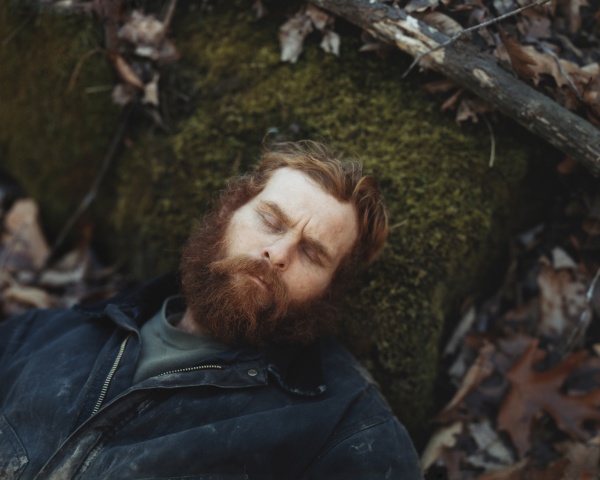
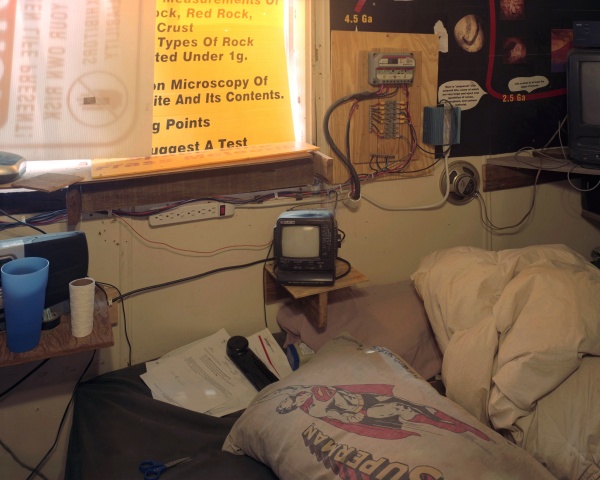


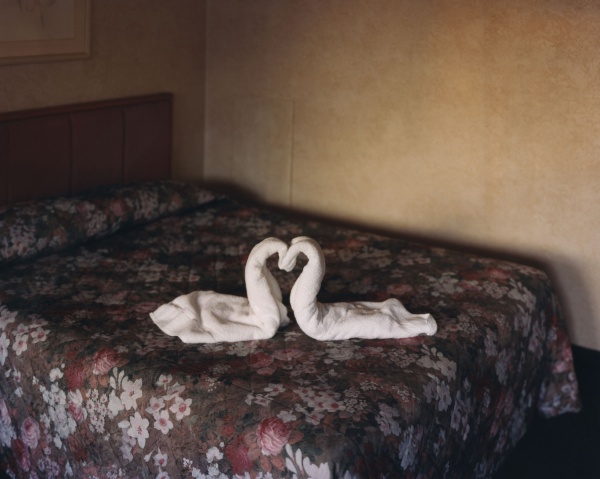

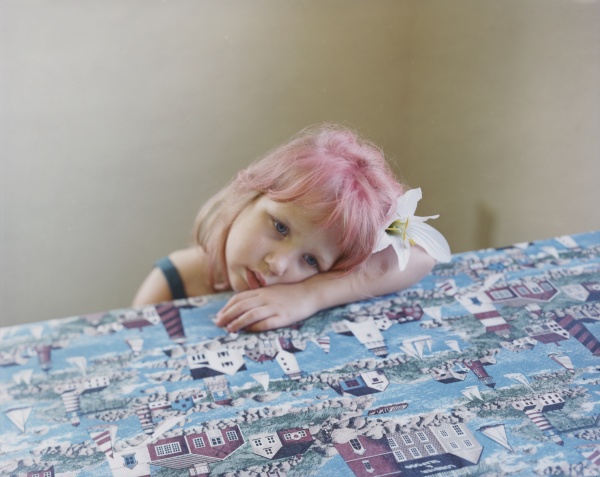
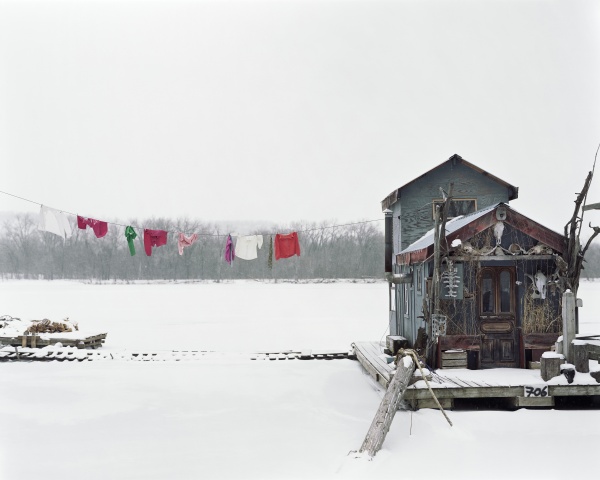

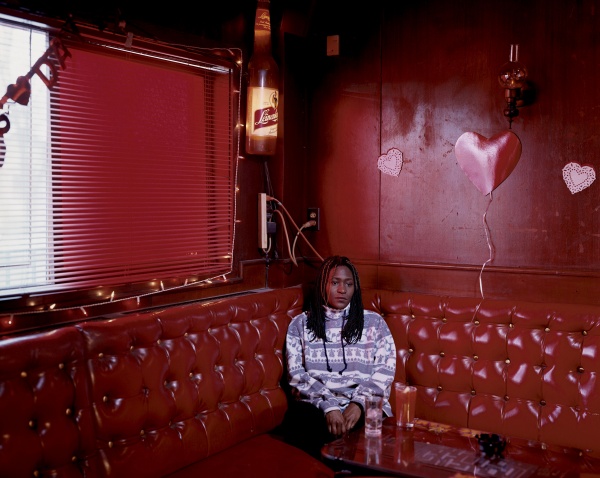


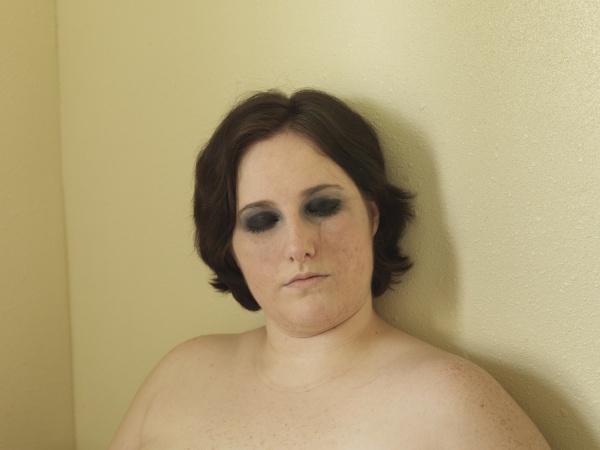
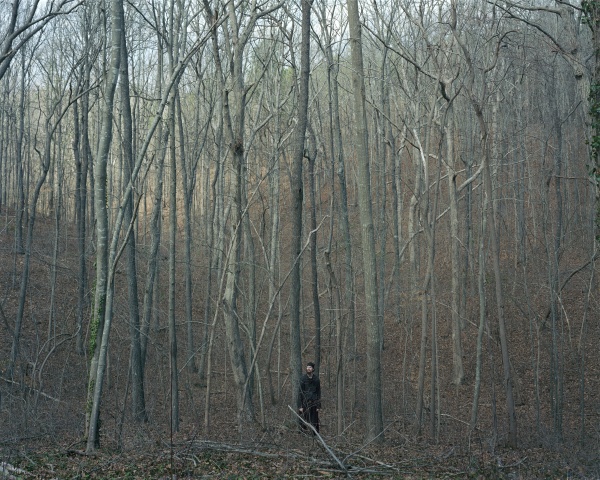
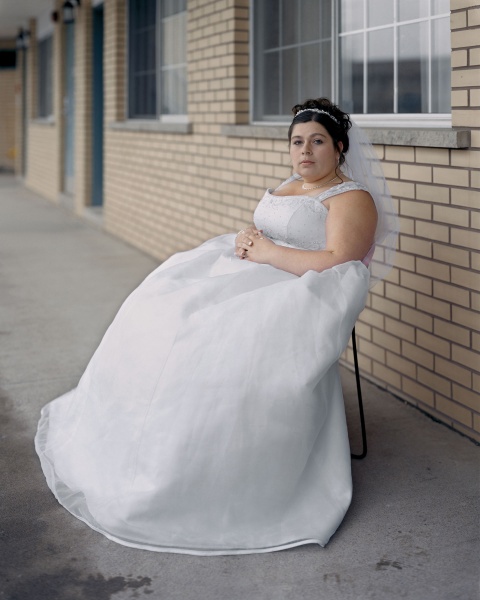

In the back corner of the second room of Alec Soth‘s new show at the Walker Art Center, From Here to There, Alec Soth’s America, is a photograph that is hard not to see. It is a fat man and his wife, sitting on a couch together. They are in a kind of embrace. And they are naked in almost every way.
I know how hard this photo is to avoid — perhaps how powerful it is — because I was standing in front of it at the media preview for the exhibition, and I could see the other journalists looking over my shoulder, wanting to see it, but not wanting to be seen seeing it. Their eyes were pulled to it like magnets, as our eyes are always pulled to nakedness. But I don’t think their gazes were drawn only by the sight of the man’s scrotum, or the couple’s cascading flesh, or the small blemishes they have — which we all have, but usually hide away.
The couple are not attractive. They may be in love. They may be bored. They are together, yet somehow they are also are alone. The picture is at once tender and cold, vulnerable and bold. And this, I think, is behind much of the allure at the heart of all of Alec Soth‘s work.
For years now, the young Twin Cities photographer has been collecting and creating images of the people he has met as he traveled across the country. With his photographs, he has created a much-lauded series of interlinked images with an eerie resonance, like Sleeping by the Mississippi and Niagara. Many of these images, from past projects, are what make up the new exhibit at the Walker. But alongside the older work is a new project called Broken Manual, which is about the urge to run away from society, and the impossibility of doing that.
*****
People often tell Soth how lonely his pictures are. And while his pictures are stark, I suspect much of the loneliness we feel when we see them is in us, not in the photos. When people remark on his subjects’ apparent isolation, I wonder if they aren’t really telling Soth how lonely they are. Because there is a kind of emptiness at the heart of our culture — pervasive, long in coming, and widespread — that Soth’s images capture almost perfectly.
This is no accident. In recent years, the fragmentation of society has accelerated, according to researchers like Robert Putnman, author of Bowling Alone: The Collapse and Revival of American Community. Others, like neuroscientist John Cacioppo (Loneliness: Human Nature and the Need for Social Connection), warn that we are in the midst of an epidemic of loneliness, with nearly 30 million people thought to be living alone in 2010, according to census projections. One study, in particular, that Cacioppo cites: in 1985, a group of people were asked how many close confidants they had; the most common answer was “three.” When the study was repeated in 2004, the most common answer was “none.”
But loneliness is more than simple aloneness — a factor not of how many friends we have, but how close we feel to them. And for the same reason that “parasocial” relationships with TV characters or pets can’t fully replace other humans, researchers like Cacioppo worry that “single-strand” communication like email and status updates can’t fully satisfy our need for the full-blooded, three-dimensional communion we crave.
Soth’s new images are about the tension between intimacy and solitude, and between freedom and belonging; they’re about the dream of escape, and the fear of successfully doing so.
At some level, Soth’s camera seems to home in on this feeling, and in a way all the social science in the world cannot; it pervades his vision of America. In a gallery room just beyond the naked couple are three series of photographs, just as stark, beautiful, and wistful. One features a project he did for Magnum Photos, Thirty-Three Theaters and a Funeral Home, a mesmerizing collection of abandoned small-town theaters and the things they’ve since become (pawn shops, antique stores, sometimes merely empty shells). It is, Soth says, about “the death of the collective social experience.”
On another wall is a quasi-narrative artist’s book, The Loneliest Man in Missouri, about a man who has no friends, who celebrates his birthday with a stripper. Perhaps the most heartbreaking set in this section of the exhibition is a smaller work, Single Goth Seeks Same, which features portraits of southern Goth women, alone.
From Here to There also includes some of Soth’s early photos, as well as a selection of the brilliant, funny slideshows he’s done for the New York Times online. And in the final room of the show, you’ll find Broken Manual, perhaps his most conceptual work, but also one of his most interesting.
“I think [Broken Manual] is an expression of the sadness of that longing to be apart, to be an individual,” Soth said in an interview published in the Walker’s catalog accompanying the exhibit. “Also, the inevitable failure of it.”
In Broken Manual, Soth sets out to explore the lives of hermits and other individuals who have tried to escape from society. It’s a meditation on the ways they have come to live on the margins, on their methods of disappearing, and on the emptiness in their arrival at that place, out there, beyond. It’s also about the tension between intimacy and solitude, between freedom and belonging; they’re about the dream of escape, and the fear of successfully doing so. This new work is a reminder that beneath our facades, we are all ultimately naked and alone, wanting to be free from our burdens, but also terrified of losing them.
Related exhibition details: From Here to There: Alec Soth’s America will be on view at the Walker Art Center in Minneapolis through January 2, 2011.
About the author: Frank Bures is a writer based in Minneapolis. More at frankbures.com.